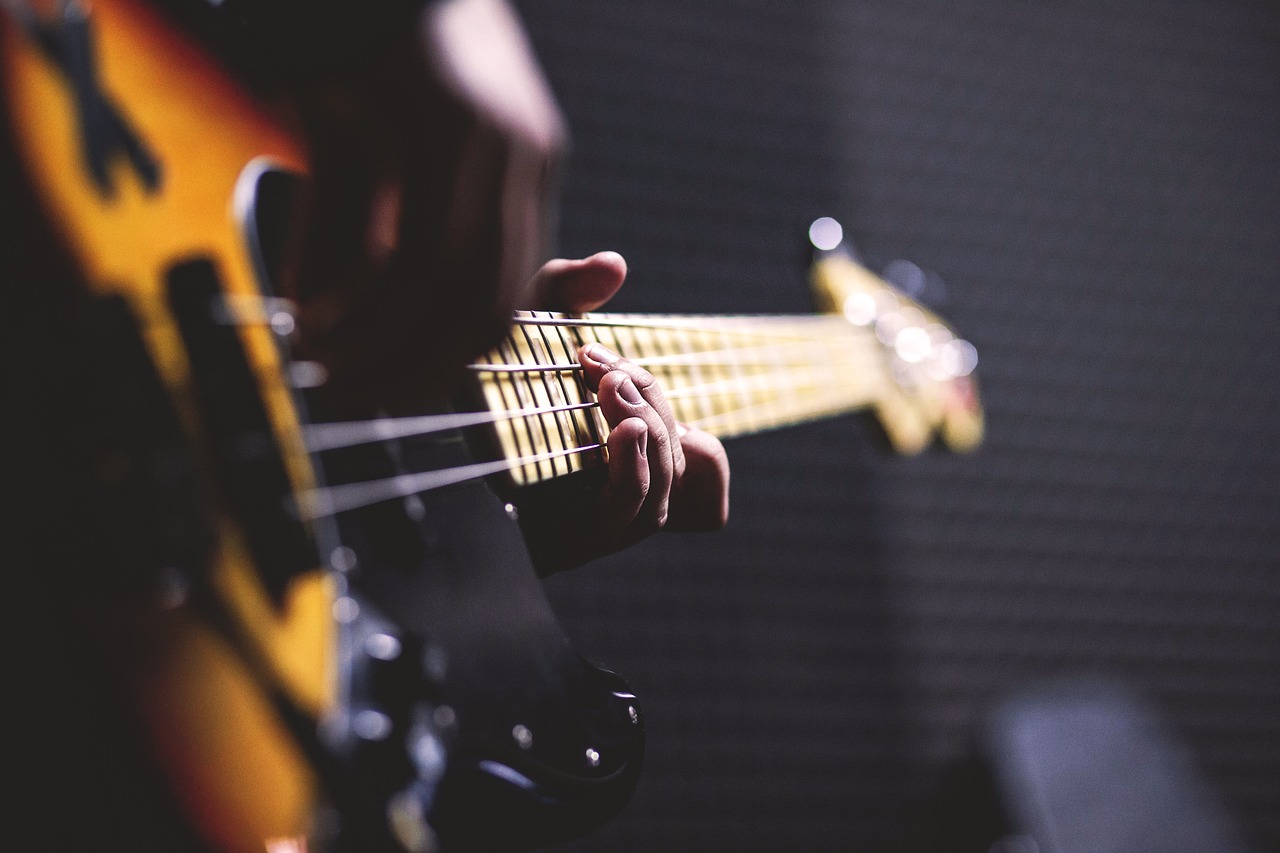Perfect Electric Bass Posture?
Is there such thing as the perfect posture for playing bass? This article aims to provide you with practical advice for improving the way that you sit and/or stand with the bass, regardless of what style(s) of music you might be playing.
DISCLAIMER: I am not a doctor or physical therapist, nor do I claim to be one. Any suggestions towards specific movements, exercise routines, alternative therapies or diets are based on personal experience and may not be suitable for everybody; please consult a qualified medical professional before making any significant lifestyle changes.
The following are some ideas that I’ve arrived at over the last 18 years of playing the bass and roughly a decade of teaching; I’m pretty badly constructed from a physical point of view and have had numerous back problems and other soft tissue injuries over the years including tendonitis, so I’ve put a fair amount of time and effort into optimising my posture and movements for playing bass (and life in general).
Whilst it’s not generally top of most bassist’s to-do lists, posture is the first essential element of interacting with the instrument and it comes before technique; the physical aspect of playing the bass is often taken for granted (if not ignored completely) by many players and teachers.
This video gives a brief rundown of the seated and standing postures outlined in this post:
New Kid in Town
The main issue when discussing posture is that the electric bass has only been around for 67-odd years and, as such, we haven’t quite reached a consensus on the best way(s) to play it – contrast this with more elderly instruments, like violin or piano, which have well-established teaching methodologies and definite guidelines for best practice that have been refined over hundreds of years. If you look at five different bassists that you’re aiming to emulate, chances are that you’ll see a huge amount of variation between them in their stance, strap height, neck angle and hand position.
First port of call is realising that playing the bass is a fundamentally unnatural and asymmetrical task for your body to perform – we’re placing a load of between three and five kilos on one shoulder for an extended period of time. Playing will always be a compromise between what is natural or comfortable for your body and what is necessary to get around the instrument in a relaxed, musical fashion. No one particular posture is perfect – all have pros and cons – but some make more sense than others.
Most of us have to deal with the fact that we sit down to practice but are forced to stand up when it comes to gigs – sitting on a gig basically out of the question unless you’re in a theatre pit or you happen to be Anthony Jackson. Because of this, we need to make sure that our sitting and standing postures are complementary rather than contradictory, otherwise we’re sending our body mixed messages about how to play and our practice time will have been wasted.
If you’re looking for more top postural tips and advice on how to improve the quality of your movement to enhance your playing and reduce the risk of injury, then take a look at Better Bass Practice, which contains practical, actionable advice on how to get the most out of your practice time and maximise your musical development.


Good stuff, check out
Musician’s Yoga by Mía Olson, and The Athletic Musician – a guide to playing without pain by Barbara Paull and Christine Harrison